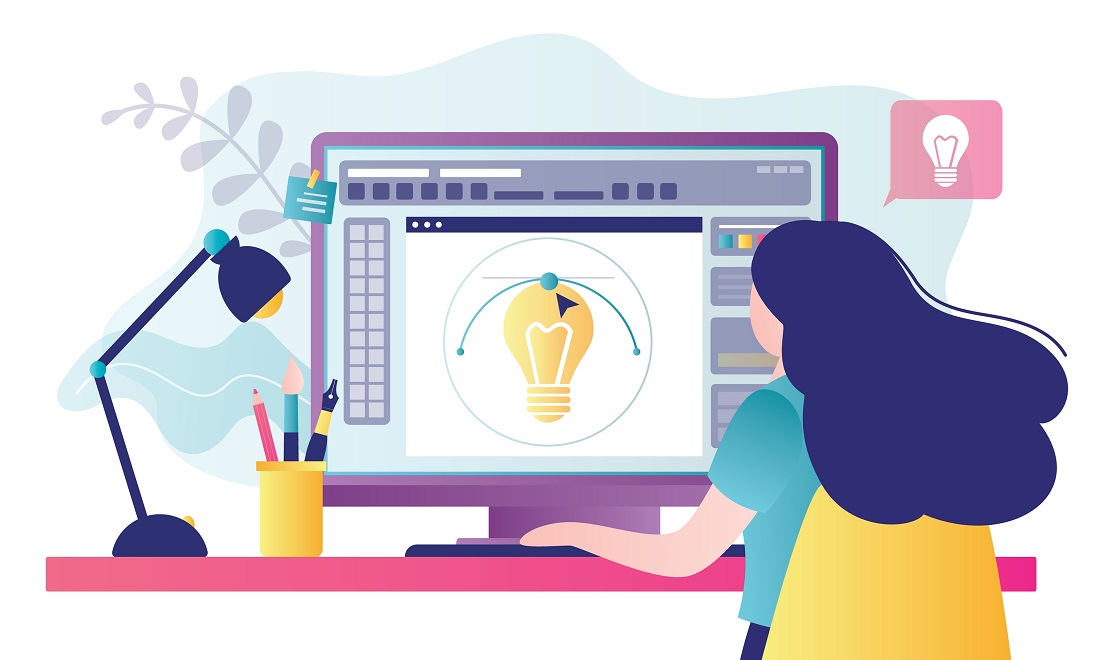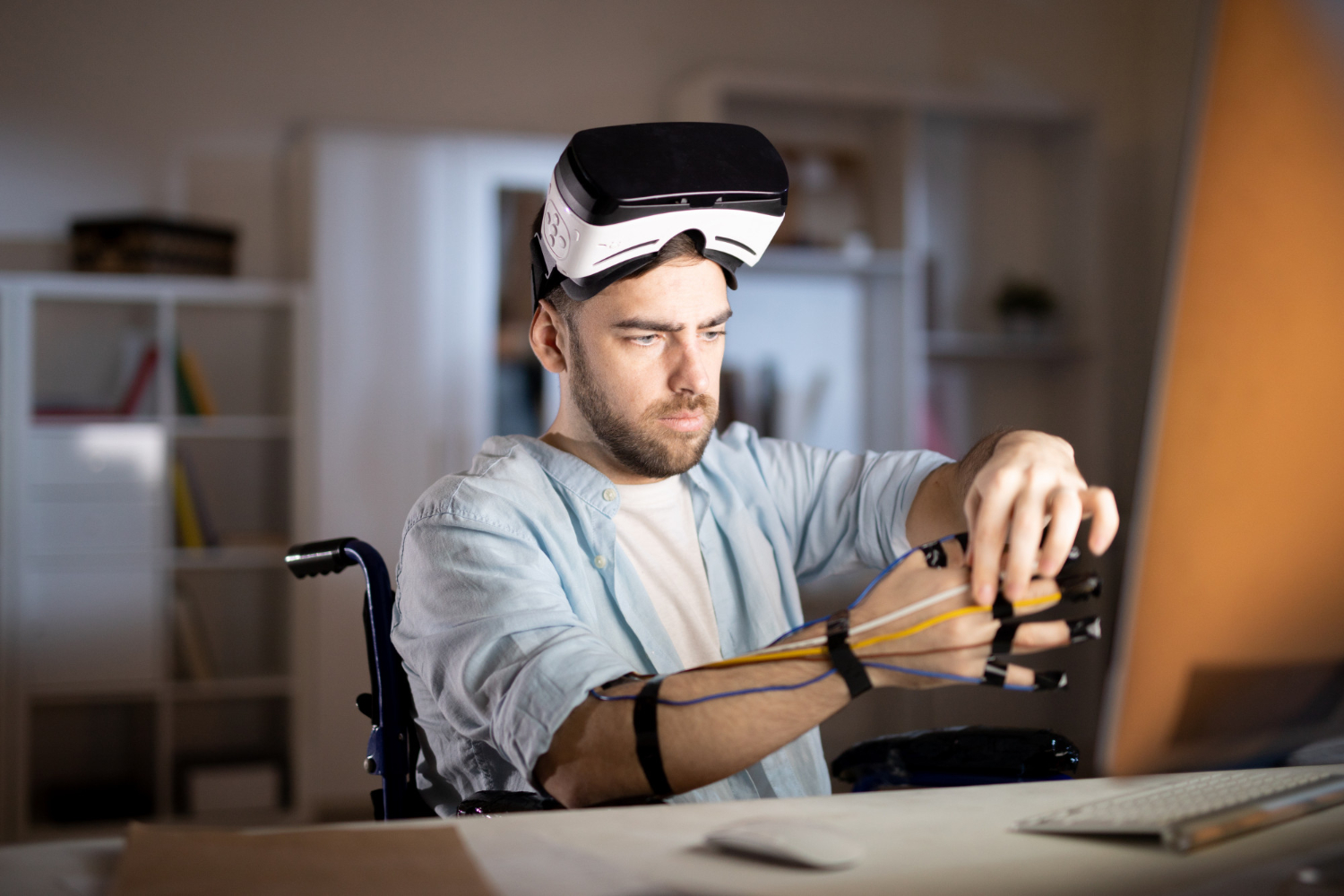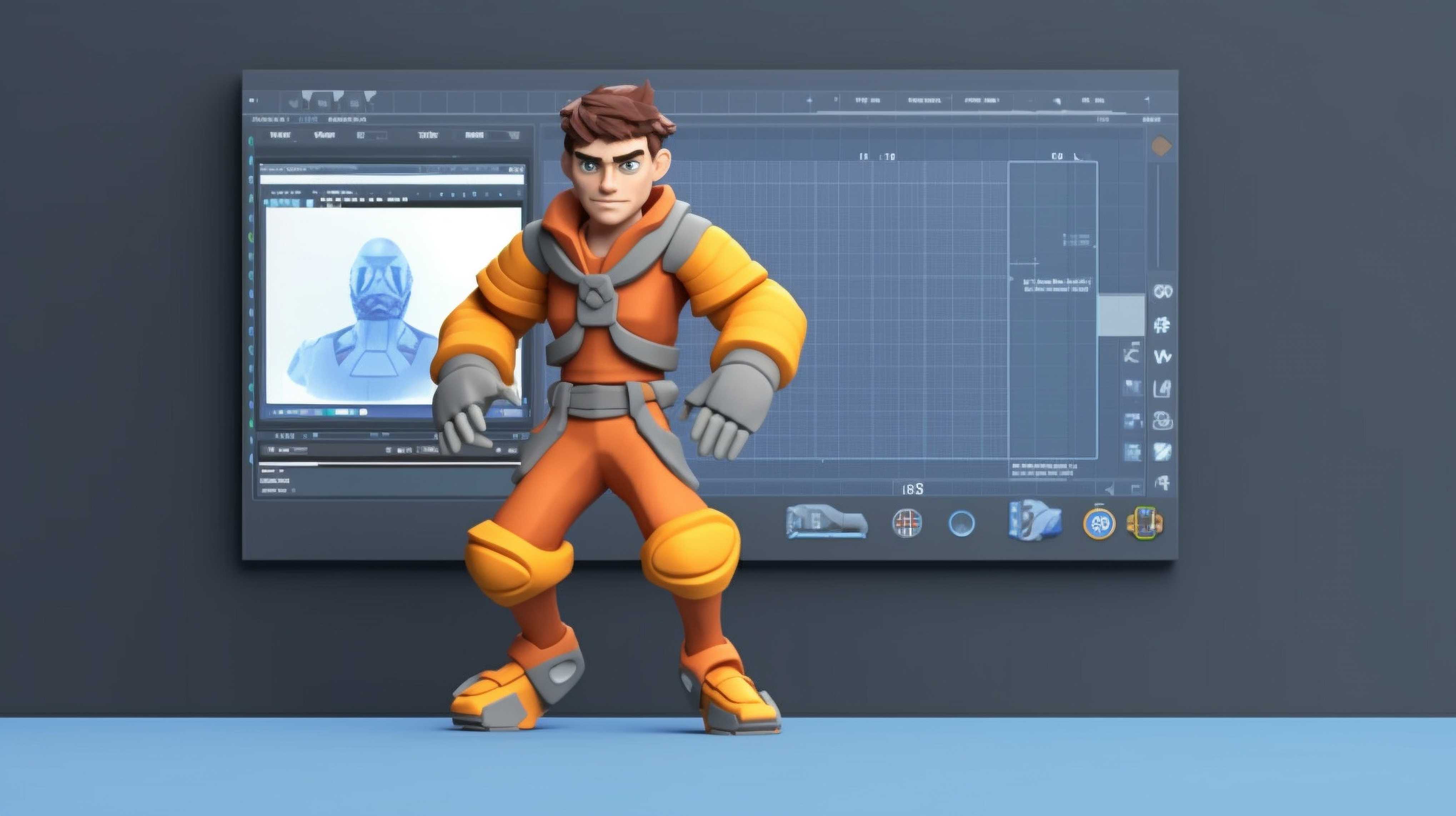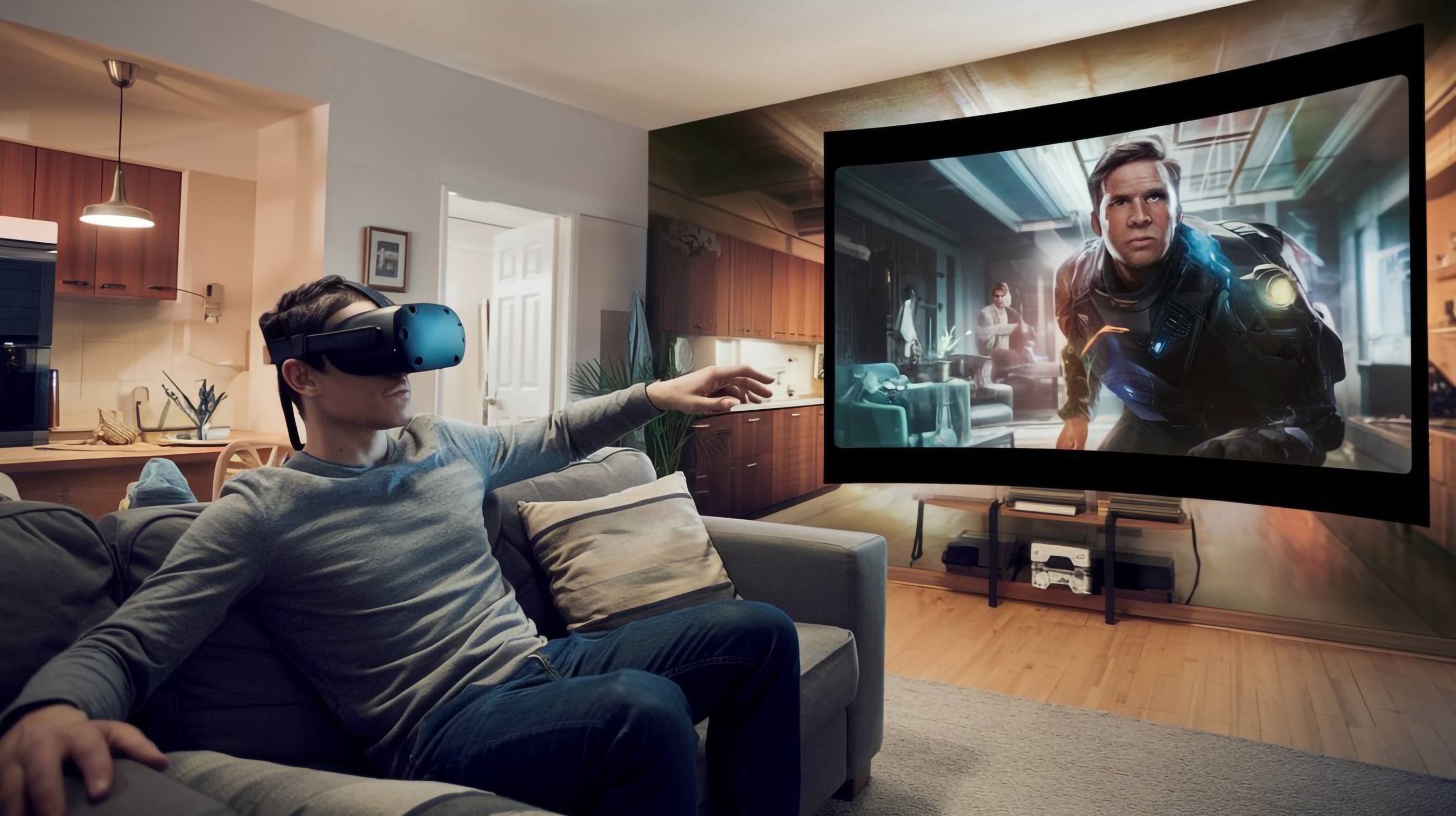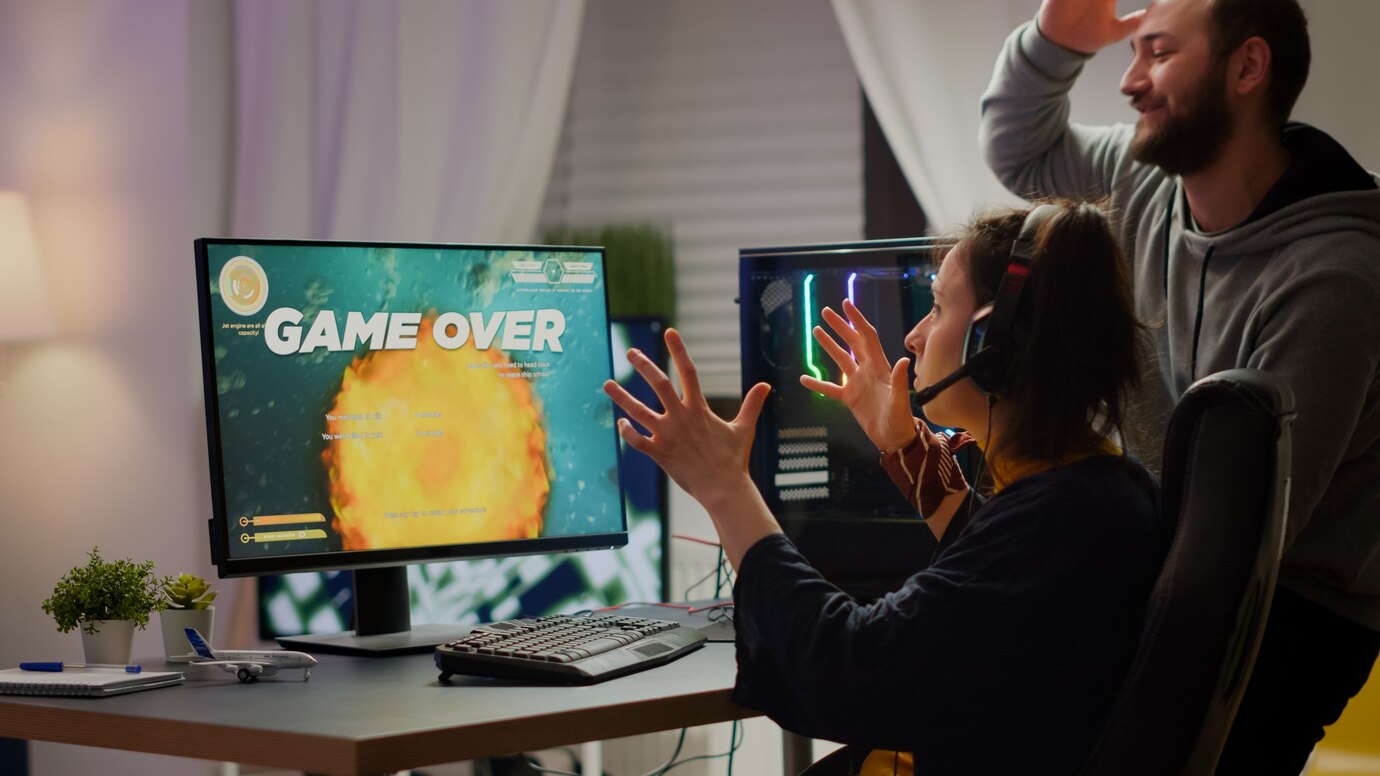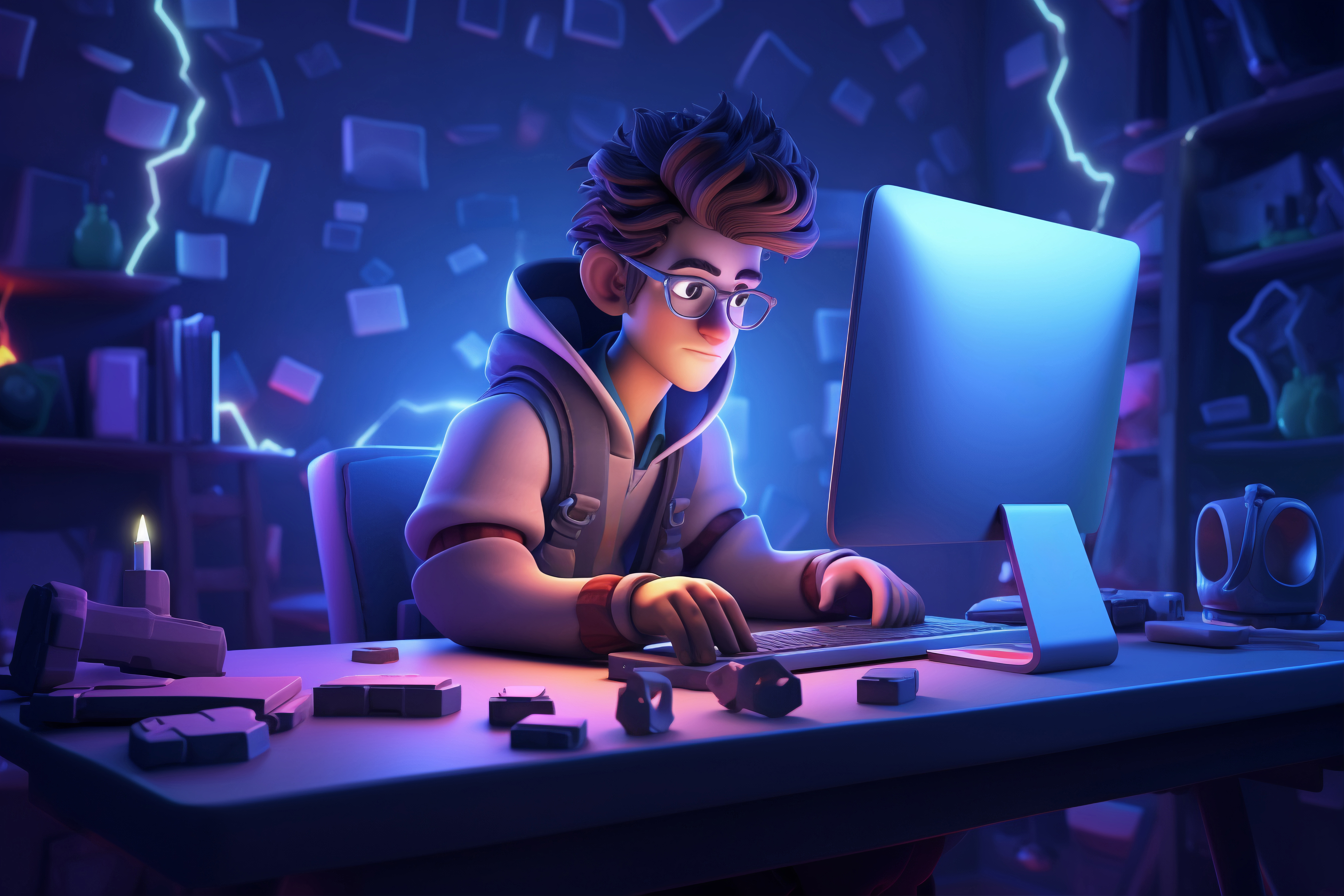Trends in the world of design and illustrations are fickle. They change and contort, much like the colors and shapes they paint onto tapestries and people’s minds.
And like most of artistic expression and the creative eye, it seems to be shaped by the conditions of the world in which it exists in the current times. Illustration trends are not an outlier to this phenomenon.
The past couple of years have seen a renewed sense of optimism and zeal when it comes to visual expression. With the world coming out of a pandemic and normalcy returning to various ways of life around the globe.
The excitement around new technologies and developments in the world of entertainment and sports. – They all play a role in evolving the landscapes of creative artistry. And in tying the threads of inspiration to the illustration trends that we see today.
Core Concepts Shaping the Latest Illustration Trends
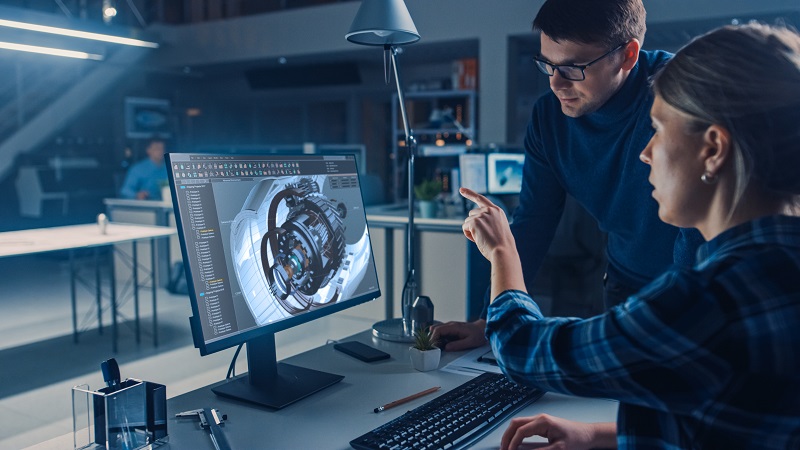
In the shifting world of art and digital tech, illustration trends are the key groupings that refer to a particular style, theme or technique that is being used in the field today. It can include a bunch of visual elements – 3D simulation and 2D designs, among others. And they showcase what’s presently trending in the community as art and visual communication.
What’s in vogue changes over time, so here are some factors that play a role in forming illustration trends:
☑️The Styles
What’s popular is what survives – is one way of looking at this factor where the styles and aesthetics that go viral during a certain time period survive the test of time. Once they’ve become popular, these styles start influencing future production works from artists and designers.
Depending on the elements used in these types of illustrations, the style can range from abstract to detailed, minimalistic to intricate, among others. It sets the type of visuals one would see in illustration trends, including textures, colors, shapes, and lines.
☑️The Tools
Digital technology has evolved sporadically and so has its impact on illustration trends. New software and creative programs lending greater support to artistry has led to graphic designers making unique visuals that were previously too difficult or even impossible to make.
This, coupled with new techniques for activities like 3D character design and environment design, innovative tools, etc. have allowed artists to experiment. And come up with new styles that will influence their contemporaries in the field and beyond.
☑️What Audiences Want
 User preference or catching the audience’s eye is the first, second, and third important step in making a brilliant illustration. And so, it’s only normal that what audiences want to see or like, also exerts a certain amount of influence on what type of illustration trends and styles make it through the gate.
User preference or catching the audience’s eye is the first, second, and third important step in making a brilliant illustration. And so, it’s only normal that what audiences want to see or like, also exerts a certain amount of influence on what type of illustration trends and styles make it through the gate.
The same audiences evolve with time, and their preferences change as per other contemporary works of art like music and movies. Where it becomes imperative for artists and illustrators to similarly change what they make – produce art forms and content that will appeal to the next generation of audiences and what they want.
☑️The Cultural Influence
Similar to user preference, the needs or demands of society and its culture is also a great equalizer in setting illustration trends. There have been many times in recent and past history where the social, cultural, and global events have changed or at least influenced what the artist drew.
Then there’s the fact that in a highly globalized world, certain cultural or political events have often spilled over into other parts of the world and they in turn have had an impact on illustration trends. Where artists and illustrations have been influenced by what’s happening abroad and adapted certain imageries into their culturally relevant messaging and context.
☑️Cycling Through the Years
Because of their subjective nature and how illustration trends were open to innovation, much of what was dictating the current fad also see artists revisit past styles and getting influenced by them.
Since there is no need to stick to an established pattern, illustrators can easily reinterpret or innovate off of older styles and aesthetics.
Through this concept, people can see illustration trends and techniques that were popular in the past – resurface. Perhaps with a modern touch or a soulful twist to update it for modern audiences.
Or, they can be left as is – to invoke a sense of nostalgia and old-school novelty for the generations that may have seen those trends earlier in their lives.
These are some of the essentials or main concepts that have shaped the illustration trends we see over the years and still continue to do so in various forms.
Apart from these core factors, the type of industry or field a work of art and design is made for also has an impact on the trends we see. As illustrations and works of artists have been quite helpful for businesses and their marketing efforts.
Illustration Trends in Graphic Design: Business and Marketing Success
Illustration trends have changed over the years, depending on the field for which those designs and graphics have been created. In graphic design, these illustrations have been primarily used for essential business functions and marketing functions–such as advertising work, packaging products and services, web design, 3D character modeling services, and more.
Here are some reasons why following or incorporating these trends can help with business and marketing success:
☑️To Stay Relevant
Incorporating current illustration styles into marketing materials makes the company look current and in sync with modern design principles. This can help to improve the brand's reputation and make it more appealing to a younger, trendier audience who are more up to date with the current hot topics being discussed or what’s viral in the communities.
☑️Connect with Audiences
If a company's target audience is already acquainted with and drawn to a certain illustration movement, including that trend in its marketing may generate a feeling of relatability and connection.
This will demonstrate that the brand is aware of its target audience's preferences and establish a level of emotional and intellectual connection with them.
☑️Social Media Presence
Popular drawings are more likely to be shared on social media networks like Twitter, Instagram, or Meta. This organic sharing has the ability to expand the reach and visibility of the brand's content, potentially leading to increased brand recognition.
These days, businesses are also experimenting with incorporating the latest memes and viral news bits on social media into their illustrations and messaging to increase their presence.
☑️To Standout
Keeping up with illustration trends will also help a company to effectively stand out in a congested marketplace. This will require them to use the most up-to-date styles and approaches – which will help to distinguish their business from their rivals and establish a memorable visual identity amongst customers in the markets.
☑️Cultural Sensitivity
Illustration trends are frequently impacted by contemporary cultural and socioeconomic factors. This can be especially important for multinational companies, as they expand their operations and interests to other countries.
Businesses that fit with these trends can exhibit cultural understanding and relevance. As it allows them to be sensitive to the local happenings and tailor their messaging accordingly.
☑️Uniform Design
Regardless of the 3D modeling software that a business generally uses, many illustration trends are adaptive and versatile, which makes them appropriate for a wide range of marketing materials.
Trendy graphics may be smoothly blended into internet content, print materials, packaging, or retail – as they can be made to fit a certain tone or theme that matches the business.
These reasons have made following and integrating illustration trends an essential step for businesses. As it helps them in steering the visual communication that they put out, aligning with their interest and goals, and this has proven to be quite helpful for marketing success.
However, it’s important to note that they shouldn’t mindlessly follow these trends and instead adopt the ones that suit their unique properties. And that they are always up to date with the latest trends in the market.
Illustration Trends 2024: Exploring the Latest in the Mix
Illustrations in fields like art, graphics, and design have been imperative for telling stories and evoking emotions from audiences. However, keeping them captivated or stopping them from scrolling past is the tricky part.
And that’s where many designers and artists find it helpful in supplementing their digital brushes with the latest in illustration or the trends in the industry. Here are some of the latest illustration trends of 2024:
☑️Metaverse and AI
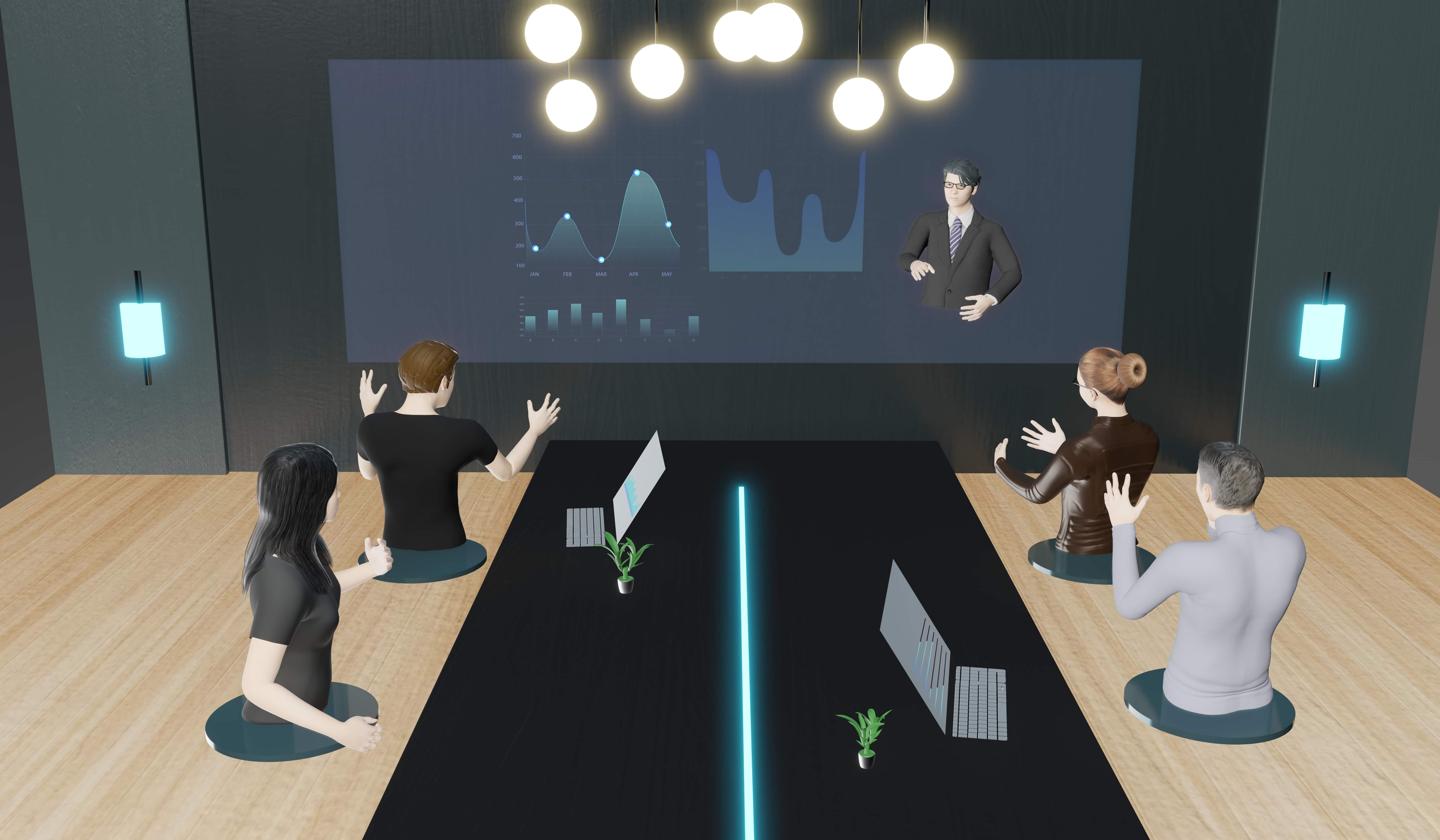
Metaverse, AI, spatial reality, etc., are all names of emerging technologies and hot topics in the digital world. Their influence on illustration trends stems from the fact that they are pretty popular in the online community and amongst various industries that are leveraging these technologies.
We can see this trend in illustration take root in visual messaging, where it is used to create images that are highly futuristic and otherworldly. For instance, it includes styles and objects in focus that pertain to ultra-modern imagery and can be seen being used in the world of technology, games, or hardware.
☑️Mysticism
Not all illustration trends need to be hyper-modern and sleek in order to fit the bill. And mysticism is one such trend of the year 2024 that is bending people’s expectations by producing visuals that focuses on vibrant colors – merged with dreamy imagery and intricate patterns.
This trend, for example, has been seen across products and packaging material – ranging from cannisters for organic materials to shirts and glasses, and more. Because broadly, it relates to illustrations that are depicting moments of self-care, well-being, being peaceful and moments of rest.
☑️Retro Line-Art
This style harkens back to the classic, clean lines of mid-century design. It has been seen as frequently being combined with bright colors and geometric designs by artists. Often to depict ideas in a bold and neat manner that doesn’t clutter up the visual space of the viewer or audience.
For practical purposes, this has been a common trend in graphics used for websites, social media, and advertising. Because of its simplistic nature, it has been able to cut through the cacophony of bright and vivid messaging. And is normally appreciated because of that reason, among others.
☑️3D Illustrations
This trend has grown to be more and more common as 3D technology has become more affordable. Today, with the availability of suitable hardware and programs leveraging generative AI, 3D illustrations are all the storm in communities looking to get their message through with animated design.
Generally, this trend sees the development of realistic and immersive graphics that may be utilized in a number of applications. And it has been a common pattern in architecture, product design, and healthcare graphics or for instance, when one would want their game design document created.
☑️Risograph and Grainy Designs
Risograph printing is a low-cost, analog printing method that yields unpredictable and distinctive results. This was popularized from an illustration method discovered in Japan that made images with granulated dots and over-exposed pictures.
Now, it has been reimagined for illustrative purposes in digital media and is seen frequently in making images that have an antique or handcrafted vibe to them.
This is a common theme in packaging, branding, and editorial design graphics but can also be used for hoardings, posters and outdoor media for a cheap and innovative way of producing quality visuals.
☑️Experimental and Escapist
This movement in the visual field of artistry is all about pushing the limits of drawing. It is seen artists frequently employ uncommon processes and materials, and it is therefore - not hesitant to try new things. As an illustration trend, this is a common theme in drawings for art galleries, museums, and festivals.
However, in recent years with the rise of digital tech like AI, especially generative AI – has seen experimental imagery combined with escapism. And is thus being used for visual communication in modern and futuristic fields such as gaming, and technology, while also staying loyal to its roots.
Embrace the Future of Design with New Illustration Trends
Overall, that wraps our journey into the world of illustration trends, their advantages and how they have evolved to have an impact on art and design.
As we conclude, it is vital to remember – that nothing is permanent in the creative field – especially in one like art and design. Illustrations and their styles, and aesthetics are subjective and, thus, subject to change.
From minimalist designs to bold experiments on canvases, each trend has a new story to tell for designers. And serve as important tools for those looking to expand creatively, for themselves, their brand, or their organization.
Embark on your creative journey with EDIIIE, and watch our team transform your ideas seamlessly – into captivating visuals for your brand and story: Armed with insights into the latest trends shaping the horizon of design.



